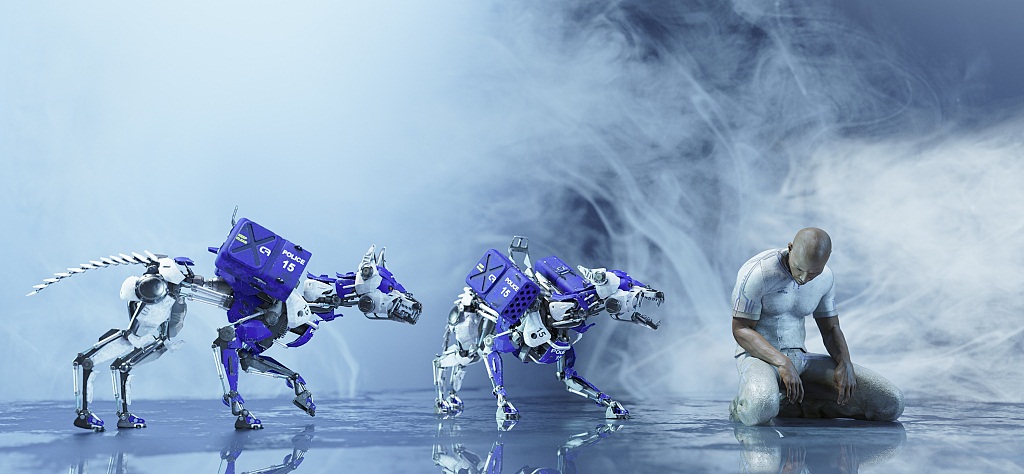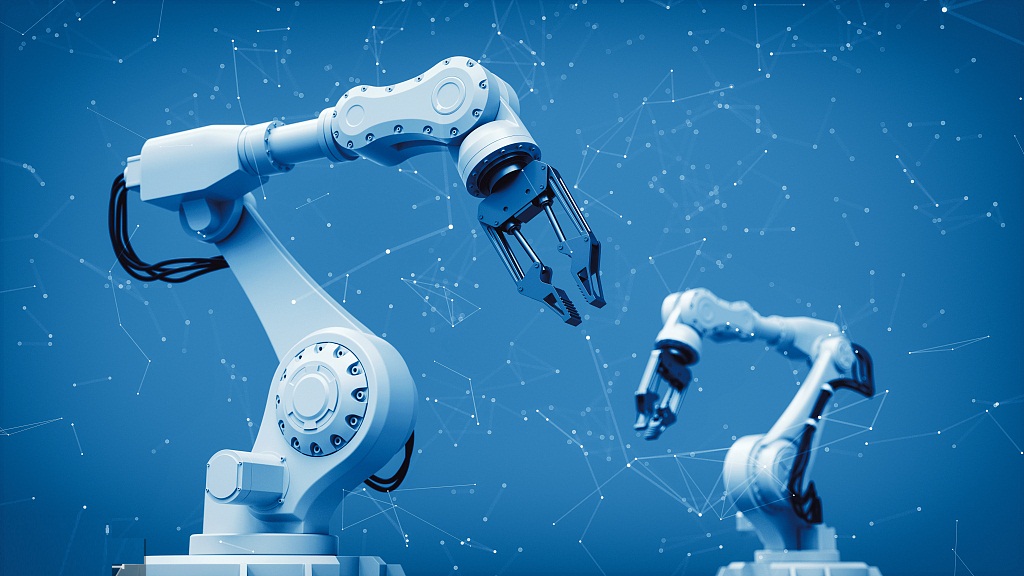Development history and future of industrial intelligent robot
Intelligent robot is the most complex robot, and it is also the robot friend that human beings most desire to be manufactured as soon as possible. However, it is not easy to create an intelligent robot. It takes decades or even hundreds of years for scientists to make machines simulate human walking.
In 1920, czechoslovak writer Karel chapek created the word "robot" based on Robota (Czech, originally meaning "labor and hard work") and Robotnik (polish, originally meaning "worker") in his science fiction "the robot omnipotent company of rosam". The history of robots has developed as follows:
In 1939, Elektro, a household robot manufactured by Westinghouse Electric Company, was exhibited at the World Expo in New York, USA. It is controlled by a cable, can walk, can speak 77 words, and even can smoke, but it is far from really doing housework. But it makes people's vision of domestic robots more specific.
In 1942, Asimov, an American science fiction giant, proposed the "three laws of robots". Although this was only a creation in science fiction, it later became the default R & D principle of the academic community.
In 1948, Norbert Weiner published cybernetics, which expounded the common laws of communication and control functions in machines and human nerve and sensory functions, and took the lead in proposing an automatic chemical plant with computers as the core.
In 1954, George dewall, an American, made the world's first programmable robot and registered a patent. This kind of manipulator can perform different tasks according to different procedures, so it has versatility and flexibility.
At the Dartmouth conference in 1956, Marvin Minsky put forward his views on Intelligent Machines: intelligent machines "can create abstract models of the surrounding environment, and can find solutions from the abstract models if problems are encountered". This definition affects the research direction of intelligent robots in the next 30 years.
In 1959, dewall and the American inventor Joseph ingelberg jointly produced the first industrial robot. Subsequently, unimation, the world's first robot manufacturing factory, was established. Ingelberg is also known as the "father of industrial robots" because of his R & D and promotion of industrial robots.
In 1962, American AMF company produced "verstran" (meaning "universal handling"), which, like unimate produced by unimation company, became a truly commercial industrial robot and was exported to various countries in the world, setting off a worldwide upsurge in robot and robot research.
From 1962 to 1963, the application of sensors improved the operability of robots. People try to install various sensors on robots, including the tactile sensor adopted by Ernst in 1961, the pressure sensor used by tomovitch and Boni on the world's first "smart hand" in 1962, and McCarthy began to add visual sensing system to robots in 1963. In 1965, he helped MIT launch the world's first robot system with visual sensors that can identify and locate building blocks.

In 1965, the Applied Physics Laboratory of Johns Hopkins University developed the beast robot. Beast has been able to correct its position according to the environment through sonar system, photocell and other devices. Since the mid-1960s, the Massachusetts Institute of technology, Stanford University and the University of Edinburgh in the United Kingdom have successively established robot laboratories. In the United States, the research on the second generation of "sensory" robots with sensors has risen, and they are moving towards artificial intelligence. In 1968, the Stanford Institute of the United States announced the successful development of the robot Shakey. It has a visual sensor and can find and grab building blocks according to human instructions, but the computer that controls it is as large as a room. Shakey can be regarded as the first intelligent robot in the world, which marks the beginning of the research and development of the third generation robot. In 1969, Ichiro Kato's laboratory at Waseda University in Japan developed the first robot to walk on two feet. Ichiro Kato has been devoted to the research of humanoid robots for a long time and is known as the "father of humanoid robots". Japanese experts have always been good at developing humanoid robots and entertainment robots. Later, they went further and gave birth to ASIMO of Honda and Qrio of Sony. In 1973, for the first time in the world, robots and small computers cooperated together, and the robot T3 of Cincinnati Milacron company was born. In 1978, unimation company of the United States launched the universal industrial robot puma, which marked the complete maturity of industrial robot technology. Puma still works in the front line of the factory. In 1984, ingelberg pushed the robot helpmate, which can deliver food, medicine and mail to patients in the hospital. In the same year, he also predicted: "I will let the robot clean the floor, cook, go out to help me wash the car and check the safety.". In 1998, the Danish LEGO company launched the robot (mind storms) kit, which makes the robot manufacturing as simple as building blocks, and can be assembled at will, making the robot enter the personal world. In 1999, Sony Corporation of Japan launched the dog robot Aibo, which immediately sold out. Since then, entertainment robots have become one of the ways for robots to enter ordinary families. In 2002, the Danish iRobot company launched the vacuum cleaner robot Roomba, which can avoid obstacles, automatically design the travel route, and automatically drive to the charging stand when the power is insufficient. Roomba is the largest and most commercialized domestic robot in the world. In June 2006, Microsoft launched Microsoft Robotics Studio. The trend of robot modularization and platform unification became more and more obvious. Bill Gates predicted that domestic robots would soon sweep the world.

 微信扫码 关注我们
微信扫码 关注我们

24小时咨询热线0755-8210876

移动电话18820268255
Copyright © 2022 Wehua groupe All Rights Reserved. address:Shanglian No. 3 Industrial Park, Shangcun, Gongming street, Guangming New District, Shenzhen 地址:Shanglian No. 3 Industrial Park, Shangcun, Gongming street, Guangming New District, Shenzhen 粤ICP备2021166738号 XML地图 网站模板